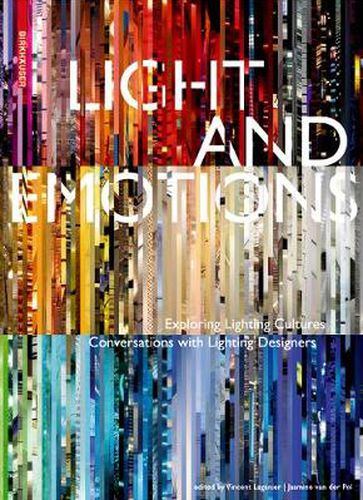Readings Newsletter
Become a Readings Member to make your shopping experience even easier.
Sign in or sign up for free!
You’re not far away from qualifying for FREE standard shipping within Australia
You’ve qualified for FREE standard shipping within Australia
The cart is loading…






In addition to its practical functions, such as helping to optimize safety and security, lighting also has another principal task - creating emotions. Light and color can be used to achieve the most varied and astonishing effects. These effects are dependent on the project and spatial environment, but they also depend in large measure on cultural context. This study is based on forty-seven interviews with leading lighting designers from North and South America, Europe, and Asia. For the first time, it explores in a systematic fashion what aesthetic, emotional, and atmospheric tasks a good lighting design can accomplish. The international diversity of the interviewed designers makes for surprising insights. Universal constants are pointed out, but so are the remarkable differences in reception and effect that are occasioned by different societies and cultures. It is imperative, then, for professional lighting designers and architects to familiarize themselves with these lighting cultures, and this book offers an informative and stimulating opportunity to do so.
$9.00 standard shipping within Australia
FREE standard shipping within Australia for orders over $100.00
Express & International shipping calculated at checkout
In addition to its practical functions, such as helping to optimize safety and security, lighting also has another principal task - creating emotions. Light and color can be used to achieve the most varied and astonishing effects. These effects are dependent on the project and spatial environment, but they also depend in large measure on cultural context. This study is based on forty-seven interviews with leading lighting designers from North and South America, Europe, and Asia. For the first time, it explores in a systematic fashion what aesthetic, emotional, and atmospheric tasks a good lighting design can accomplish. The international diversity of the interviewed designers makes for surprising insights. Universal constants are pointed out, but so are the remarkable differences in reception and effect that are occasioned by different societies and cultures. It is imperative, then, for professional lighting designers and architects to familiarize themselves with these lighting cultures, and this book offers an informative and stimulating opportunity to do so.